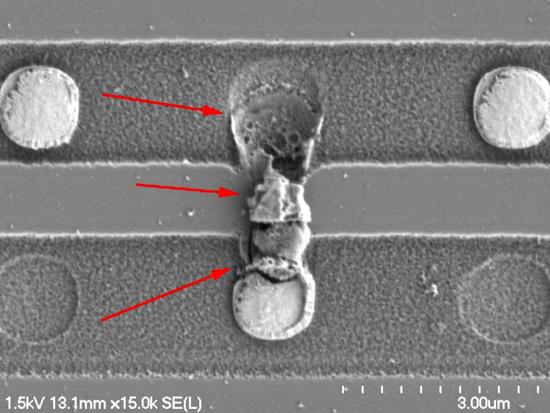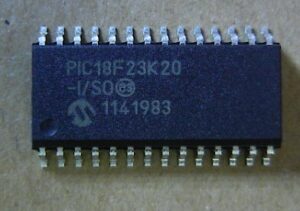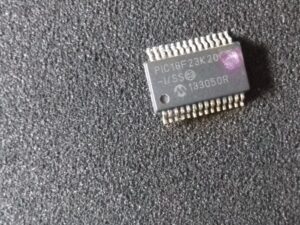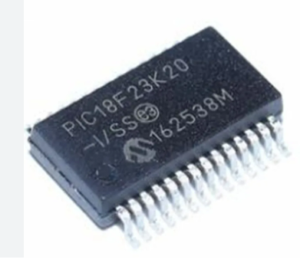 Attack Microchip MCU PIC18F23K20 Memory Unit
Attack Microchip MCU PIC18F23K20 Memory Unit
Attack Microchip MCU PIC18F23K20 Memory Unit and extract locked heximal from embedded microcontroller after crack microprocessor pic18f23k20 security fuse bit;

All of the devices in the PIC18F23K20 family incorporate a range of features that can significantly reduce power consumption during operation. Key items include:
- Alternate Run Modes: By clocking the controller from the Timer1 source or the internal oscillator block, power consumption during code execution can be reduced by as much as 90%.
- Multiple Idle Modes: The controller can also run with its CPU core disabled but the peripherals still active. In these states, power consumption can be reduced even further, to as little as 4% of normal operation requirements.

atacar o bit de fusível de segurança MCU PIC18F23K20 protegido pela Microchip e extrair dados heximais bloqueados ou arquivo binário da memória de programa flash do microcontrolador PIC18F23K20 incorporado ou memória de dados eeprom;
- On-the-fly Mode Switching: The power- managed modes are invoked by user code during operation, allowing the user to incorporate power- saving ideas into their application’s software design.
- Low Consumption in Key Modules: The power requirements for both Timer1 and the Watchdog Timer are minimized. See Section 26.0 “Electrical Characteristics” for values.
All of the devices in the PIC18F2XK20/4XK20 family offer ten different oscillator options, allowing users a wide range of choices in developing application hardware. These include:

حمله میکروچیپ ایمن MCU PIC18F23K20 بیت فیوز امنیتی و استخراج داده های هگزیمال قفل شده یا فایل باینری از حافظه برنامه فلش میکروکنترلر تعبیه شده PIC18F23K20 یا حافظه داده eeprom.
- Four Crystal modes, using crystals or ceramic resonators
- Two External Clock modes, offering the option of using two pins (oscillator input and a divide-by-4 clock output) or one pin (oscillator input, with the second pin reassigned as general I/O)
- Two External RC Oscillator modes with the same pin options as the External Clock modes
- An internal oscillator block which contains a 16 MHz HFINTOSC oscillator and a 31 kHz LFINTOSC oscillator which together provide 8
user selectable clock frequencies, from 31 kHz to 16 MHz. This option frees the two oscillator pins for use as additional general purpose I/O. A Phase Lock Loop (PLL) frequency multiplier, available to both the high-speed crystal and internal oscillator modes which can be manipulted for breaking microcontroller pic18f14k50 memory, which allows clock speeds of up to 64 MHz.

атаковать микрочип, защищенный битом предохранителя MCU PIC18F23K20, и извлечь заблокированные шестнадцатеричные данные или двоичный файл из встроенной флэш-памяти программ микроконтроллера PIC18F23K20 или памяти данных EEPROM;
Used with the internal oscillator, the PLL gives users a complete selection of clock speeds, from 31 kHz to 64 MHz – all without using an external crystal or clock circuit.